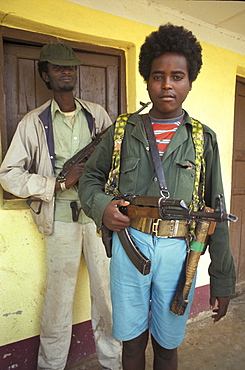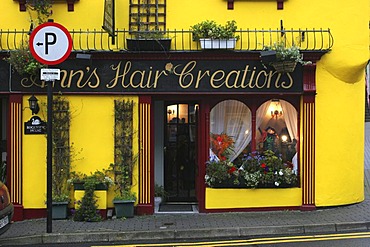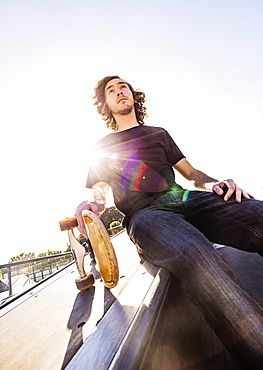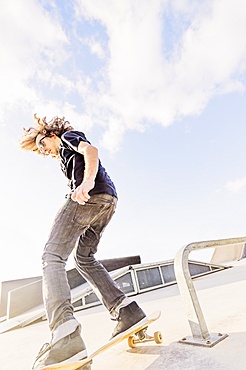Results
4 results found
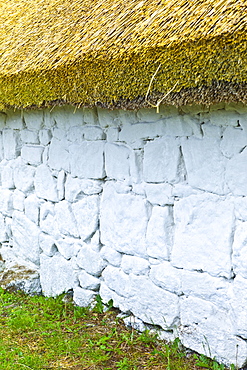
Thatching at home of Patrick Pearse, Irish rebel leader, now a National Monument in Connemara, County Galway, Ireland
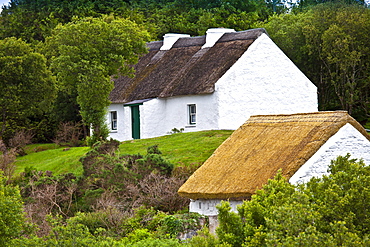
Cottage home of Patrick Pearse, Irish rebel leader, now a National Monument near Ros Muc, Connemara, County Galway, Ireland
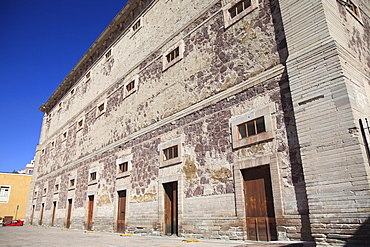
Alhondiga de Granaditas, former granary, site of first major rebel victory of the War of Independence, now a museum, Guanajuato, UNESCO World Heritage Site, Guanajuato State, Mexico, North America

Jankee, a young Widow, she is rebellious and does not obey the rules of tradition, and she wears colorful clothes, has long hair and paints her nails, she collaborates with sos mujer, Vrindavan, Mathura district, India

Harvest Moon, Sept. 27, 2004, taken from near home. With Canon Digital Rebel 300D, with 20mm lens at f/13 and 1/2 sec exposure at ISO100. Minimal processing to increase contrast but Moon image is not a fake -- the balance between sky and Moon was perfect for recording Moon detail and ground without over or underexposing either.
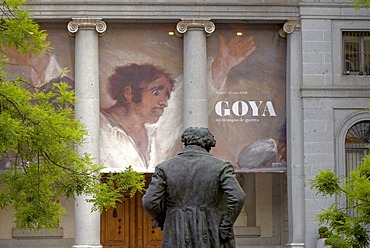
Francisco Goya sculpture in front of the Prado Museum, with painting The Shooting of the Rebels from 3 May 1808, Madrid, Spain, Europe

Campesinos wash for market freshly-picked carrots in a river in Los Negros, Bolivia Friday, Nov. 12, 2004. Ernesto "Che" Guevara was captured by the Bolivian army in 1967 in a nearby valley and executed in La Higuera days later. His body was put on public display in the laundry room of the Vallegrande hospital, then secretly buried under the air strip for 30 years. Guevara and fellow communist guerillas were attempting to launch a continent-wide revolution modeled on Guevara's success in Cuba in the late 1950s. The Bolivian government recently began promoting the area where he fought, was captured, killed and burried for 30 years as the "Ruta del Che," or Che's Route.
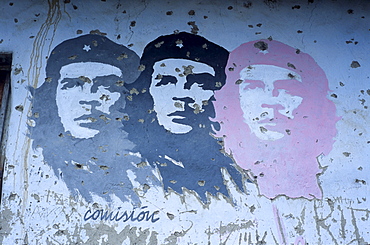
Painted images of Ernesto "Che" Guevara stare from a pock-marked wall in La Higuera, Bolivia, Saturday, Nov. 13, 2004. Guevara was captured by the Bolivian army in 1967 in a nearby valley and executed in La Higuera days later. Guevara and fellow communist guerillas were attempting to launch a continent-wide revolution modeled on Guevara's success in Cuba in the late 1950s. The Bolivian government recently began promoting the area where he fought, was captured, killed and burried for 30 years as the "Ruta del Che," or Che's Route.
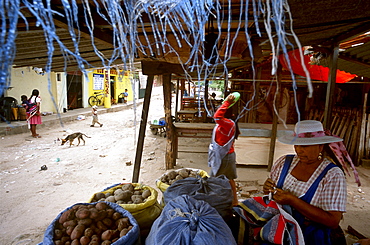
Vendors sell their wares at a street market in El Torno, Bolivia Friday, Nov. 12, 2004. Ernesto "Che" Guevara was captured by the Bolivian army in 1967 in a nearby valley and executed in La Higuera days later. His body was put on public display in the laundry room of the Vallegrande hospital, then secretly buried under the air strip for 30 years. Guevara and fellow communist guerillas were attempting to launch a continent-wide revolution modeled on Guevara's success in Cuba in the late 1950s. The Bolivian government recently began promoting the area where he fought, was captured, killed and burried for 30 years as the "Ruta del Che," or Che's Route.

